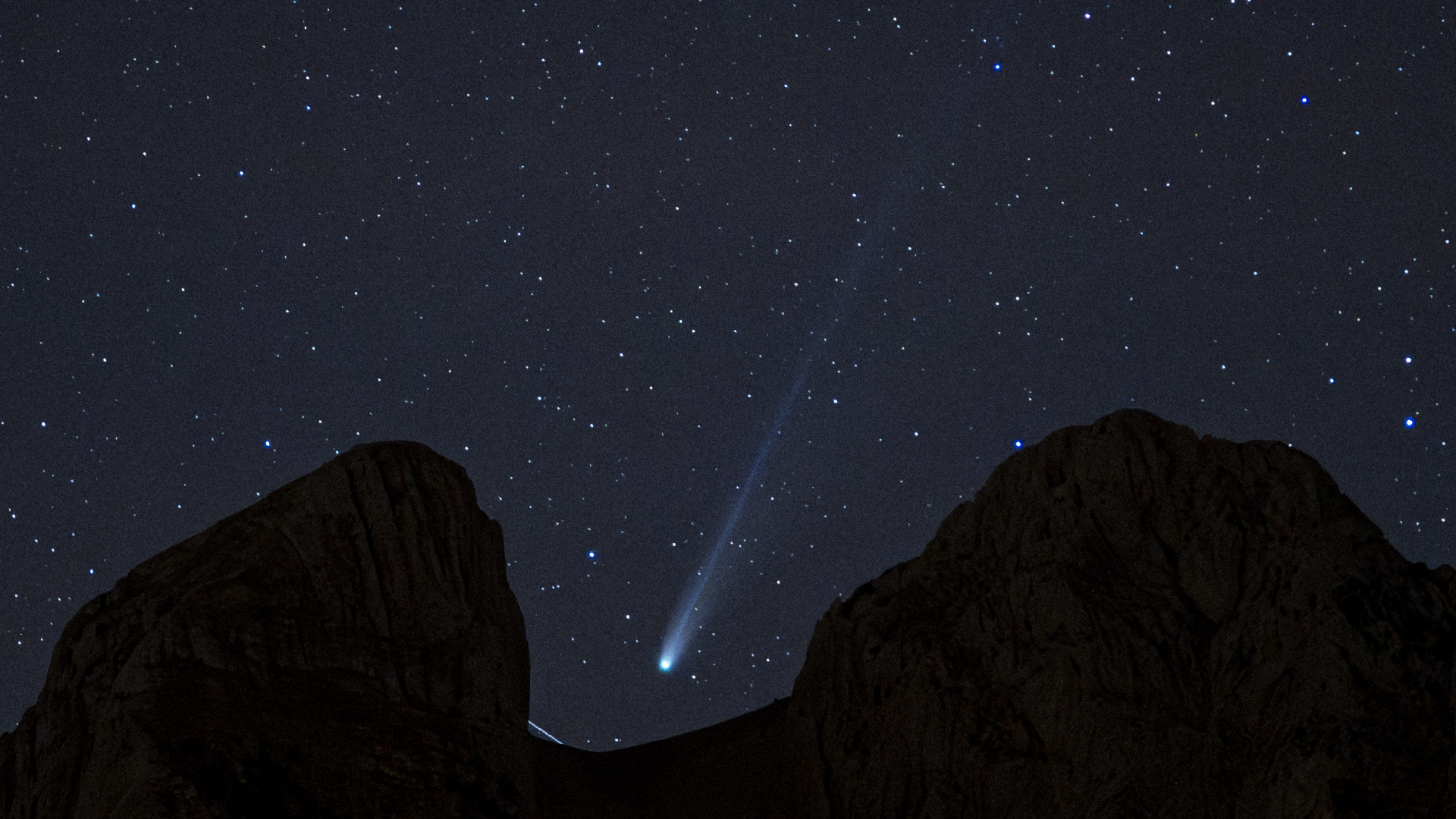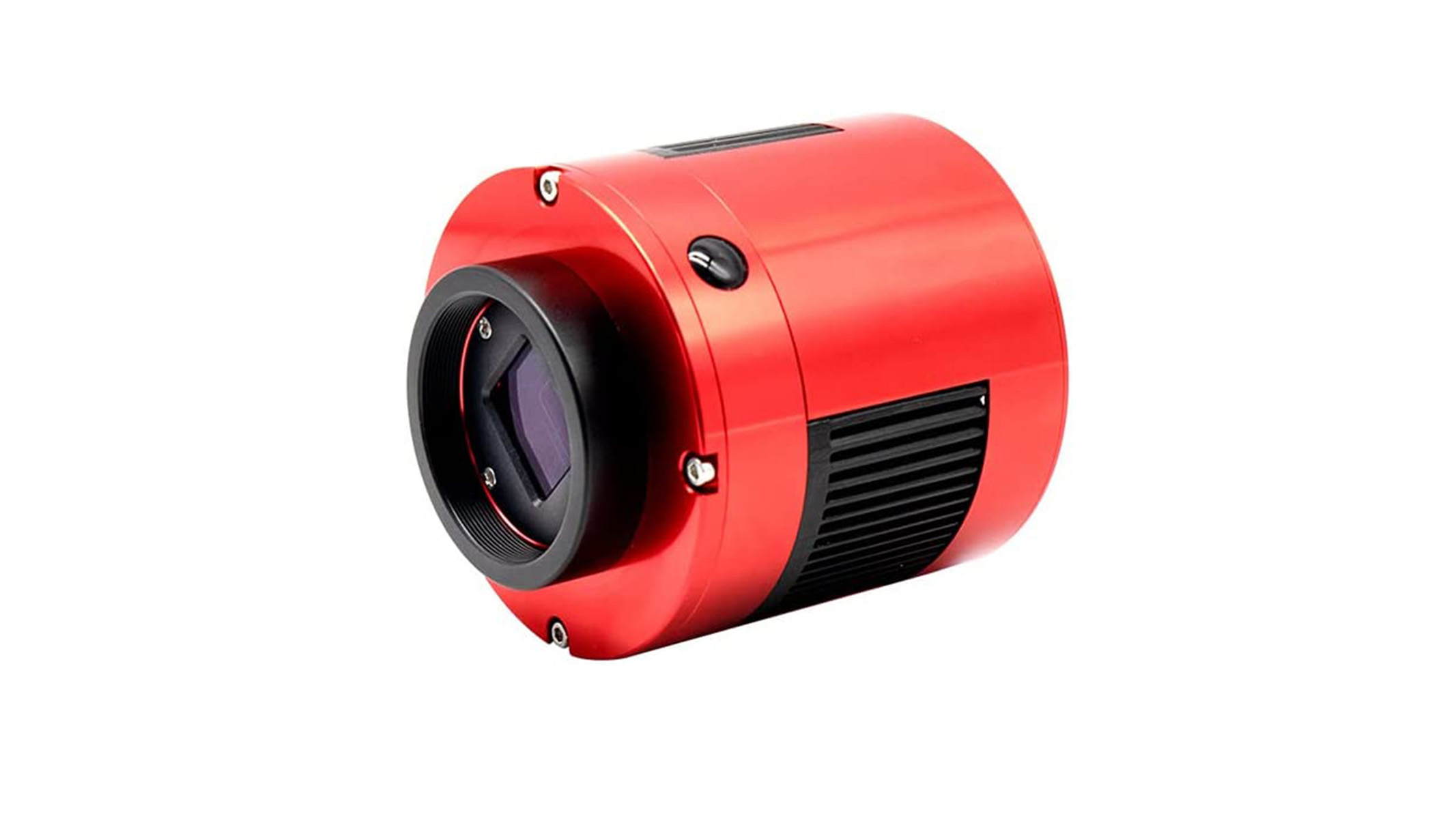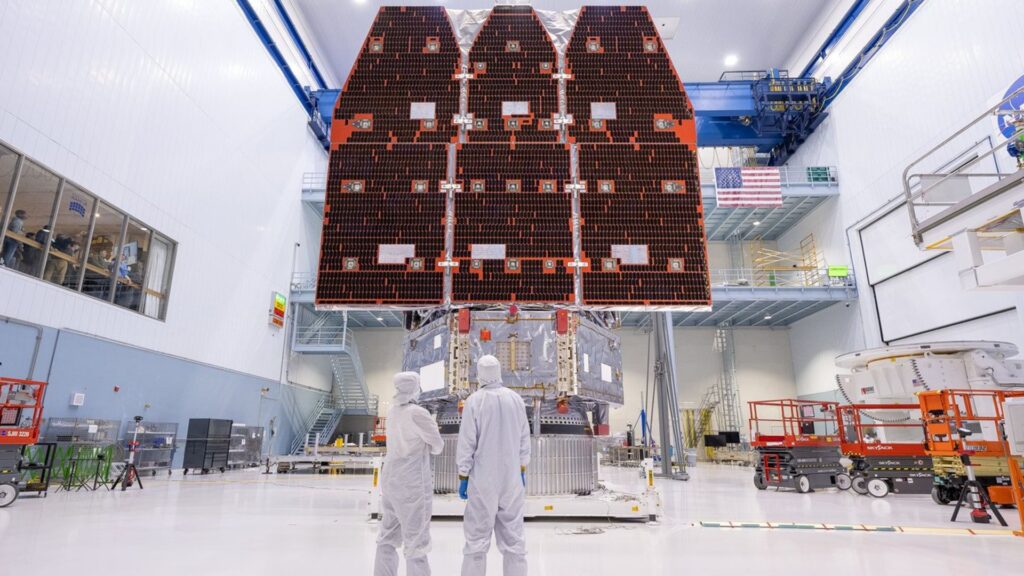Now Reading: Comet Lemmon photos are plagued by satellite streaks. Here’s how amateur astronomers face the problem
-
01
Comet Lemmon photos are plagued by satellite streaks. Here’s how amateur astronomers face the problem
Comet Lemmon photos are plagued by satellite streaks. Here’s how amateur astronomers face the problem


Recent months have seen space fans revel in a wealth of spectacular astrophotography depicting the evolution of Comet Lemmon’s glowing coma and twisting tail as it journeyed through a Northern Hemisphere night sky swarming with satellites.
Three views of Comet Lemmon #cometlemmon (C/2026 A6) from Oct 26: wide in the evening twilight above Arcturus, and a telephoto closeup, without satellites (subtracted via stacking) & with the many satellites that crossed the field in 20 min., most #Starlink. Details in Alt Text pic.twitter.com/hUBwDd3zzfOctober 28, 2025
In each instance, Comet Lemmon is shown surrounded by a crazed network of thin, web-like lines, each of which represents the path of an orbiting satellite over the course of a short camera exposure.
“Photographically, if someone is attempting to take a single image of a target and needs the image to be ‘clean’ — free of manmade objects — well, that image is nearly impossible to obtain,” astrophotographer Dan Bartlett told Space.com in an email. “Every single subframe I take (prior to stacking) now contains at least one, and usually more than one satellite streak.”
There are currently about 13,000 operational satellites orbiting Earth, of which about 8,900 are SpaceX Starlink craft. This number is set to exponentially increase, with SpaceX alone aiming to orbit up to 42,000 of its internet-beaming spacecraft, while competing companies aim to add thousands more satellites to their own “megaconstellations.”

Thankfully, astrophotographers have access to powerful editing tools that allow them to remove the unsightly streaks with ease.
“Despite the enormous increase in satellite traffic over the past few years, eliminating the satellite trails in post processing is actually fairly simple using the right tools,” explained Bartlett. “I certainly don’t like seeing so many satellites everywhere I point my telescope or even a good pair of binoculars, but we’re still not at the point where you can’t enjoy the night sky (there can be a thrill seen visually when a satellite passes through your field of view).”
ZWO ASI533MC Pro

Looking to capture detailed images of the night sky for yourself? The ZWO ASI533MC Pro camera is the best dedicated astro camera out there, in our opinion. It features zero amp glow, 80% quantum efficiency and a 20FPS frame rate. It also features a 9MP sensor and you can check out our ZWO ASI533MC Pro review for a more in-depth look.
Astrophotographers combat satellite streaks by capturing a multitude of short exposures over the course of a single session. The images are then combined and subjected to an algorithm that determines a median value for each pixel before rejecting outlier pixels with values that exceed set parameters.
“If you take at least a dozen images to stack, then you can use a combine method called Sigma Rejection,” said astrophotographer Chris Schur in an email to Space.com. “This is available in nearly all astronomical imaging processing software. A single shot to up to about 6 images, the sigma does not have enough data to reject all the trails. So that’s why comet and deep-sky imagers take sets of at least a dozen images as a normal process, so that the stacking software has a good set to perform its algorithm.”
The end result is a gorgeous composite image of an ancient solar system comet, which has been locked in an orbital dance around the sun since the creation of the planets over four billion years ago.
Stargazers looking to capture their own views of the night sky should check out our picks for the best cameras and lenses for astrophotography, along with our guide to observing and photographing comets.
Editor’s Note: If you would like to share your comet astrophotography with Space.com’s readers, then please send your photo(s), along with your comments, name and the times and dates of your shoot to spacephotos@space.com.
Stay Informed With the Latest & Most Important News
Previous Post
Next Post
-
 012024 in Review: Highlights from NASA in Silicon Valley
012024 in Review: Highlights from NASA in Silicon Valley -
 02Panasonic Leica Summilux DG 15mm f/1.7 ASPH review
02Panasonic Leica Summilux DG 15mm f/1.7 ASPH review -
 03How New NASA, India Earth Satellite NISAR Will See Earth
03How New NASA, India Earth Satellite NISAR Will See Earth -
 04And Thus Begins A New Year For Life On Earth
04And Thus Begins A New Year For Life On Earth -
 05Astronomy Activation Ambassadors: A New Era
05Astronomy Activation Ambassadors: A New Era -
06SpaceX launch surge helps set new global launch record in 2024
-
 07From Polymerization-Enabled Folding and Assembly to Chemical Evolution: Key Processes for Emergence of Functional Polymers in the Origin of Life
07From Polymerization-Enabled Folding and Assembly to Chemical Evolution: Key Processes for Emergence of Functional Polymers in the Origin of Life



















